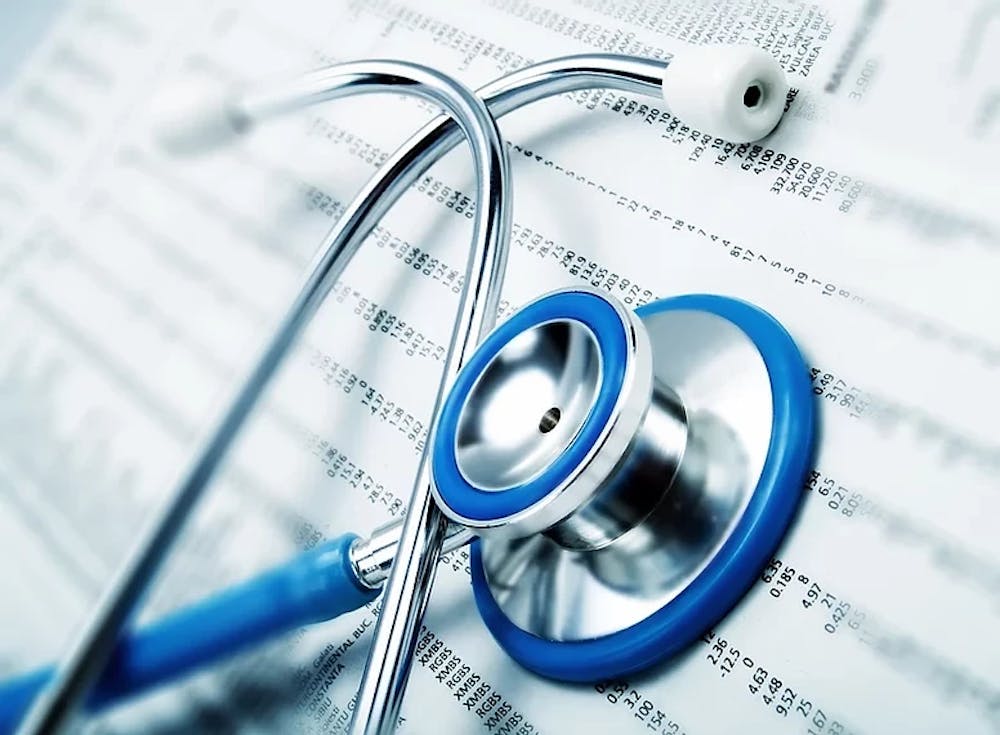Since the first coronavirus death in the United States was reported in late February, nearly a million cases and over 50,000 deaths have been confirmed nationally. Yet, in recent weeks, local leaders and health experts have been voicing their concerns about another crisis plaguing our cities: implicit bias and racial disparities in health care and the burden they have placed on African Americans amidst the COVID-19 pandemic.
In Philadelphia, where the number of COVID-19 cases has risen to over 12,000, the city’s African American residents, 41% of the population, make up 61% of those confirmed cases. This undeniable disparity is echoed throughout the rest of the United States. In March, the CDC found that 33% of people who became sick enough to require hospitalization were African American, though they only make up 13% of the national population. Not only are African Americans becoming hospitalized more often, but those hospitalizations are becoming increasingly fatal. The mortality rate for African Americans with COVID-19 is over two times higher than the rates of any other racial group in the US.
This news is shocking, but these outcomes are not surprising. In the first place, it’s simply harder for African American communities at large to access health care in their communities. In Philadelphia, a study published by the Health Affairs journal found that a third of “low-access” areas, defined as areas with the highest ratio of adults per primary-care provider, were at least 80% African American. Yet, even when African Americans do have access to health care, they are denied the same quality of care as white Americans, regardless of income or education. The American Journal of Public Health found that two-thirds of doctors harbored “unconscious” racial biases toward black patients. In the presence of those biases, doctors frequently dominated conservations with African-American patients and paid less attention to their psychosocial and personal needs. Unconscious or not, these practices impact people of color every day. In American emergency rooms, black patients are 40% less likely to receive medication to ease acute pain than white patients. Naturally, this mistreatment has developed a deep distrust towards physicians and imposed an economic burden upon the black community. This distrust is decades, if not centuries, old. African American communities haven’t forgotten the Tuskegee syphilis experiment, a decades long study conducted by the US government on black men without their consent, nor the forceful and invasive examinations by Antebellum doctors, nor the racist and unfounded conceptions about the “inferior” physiology of blacks - that still exist today.
This inequity in health care and access has placed a higher burden of chronic diseases on black communities that has left them more vulnerable in the face of coronavirus. The most commonly reported underlying conditions for COVID-19 hospitalizations, like hypertension, chronic lung disease, are overwhelmingly present in black communities. In conjunction with higher rates of chronic disease, other social determinants have heightened the risk of infection. For one, compared to the overall population, African Americans hold more essential jobs in industries like food preparation and mass transit that cannot be done remotely. Yet these workers are still not getting the support they need. Although they are on the frontlines and risk contracting the virus during every shift, many lack paid sick leave or health insurance. Essential workers like Jason Hargrove, a bus driver in Detroit, are calling for help. Mr. Hargrove posted a Facebook Live video in March, expressing concern about one of his passengers who was openly coughing without covering her mouth. Eleven days later, Jason died of COVID-19. In Philadelphia, 5 SEPTA employees have passed away from coronavirus to date. Not only are these conditions putting workers at risk, but their families, as well. Black and Latino families in the United States live in multigenerational homes at much higher rates than white Americans and risk infecting their older relatives without the space to self-isolate.
And despite knowing all these mitigating circumstances that these populations face, residents in Philly’s higher-income communities are still being tested for coronavirus six times more often than those in lower-income neighborhoods, according to a recent Drexel study. Most sites require patients to be in cars and have a referral from their primary care doctor, requirements that pose two giant barriers for lower-income Philadelphians. That’s if you even have a doctor. Many residents of poorer black neighborhoods don’t have primary care physicians. So, in Philadelphia, if you’re black, you’re less likely to get tested.
That was enough to get Dr. Ala Stanford, a Philadelphia native and pediatric surgeon, and several other doctors from the newly formed Black Doctors COVID-19 Consortium to take to the streets in a van and test Philadelphians. Stanford and her team are using testing kits from their own private practices to bring testing to communities that have previously been ignored. Anyone that has symptoms or has been exposed to someone that is known or presumed to have been positive for COVID-19 is eligible. All for free. Churches have embraced the consortium’s efforts by opening up their parking lots, continuing to support their communities where their government does not.
Dr. Stanford and her team are not alone. The COVID-19 pandemic has exposed existing health disparities in communities of color - and people are starting to listen. In this crisis, change can be made through the requirement of reporting racial demographics in records, targeting accurate, representative information towards vulnerable communities, and establishing accessible testing. But implicit bias and discrimination in doctor’s offices and emergency rooms and medical journals is going to continue after this crisis. To fight them, they need to be recognized, named, and understood. Individual discretion must be minimized through clinical guidelines and comprehensive protocols for patient care. Education about implicit bias can dispel misinformation and confront individuals that deflect blame under the shield of ignorance.
In such an unprecedented and unwieldy time, there is a lot of talk about “returning to normal.” Let this be one thing we do not return to.




